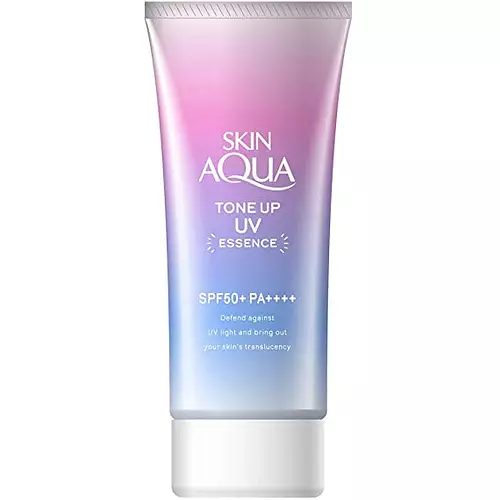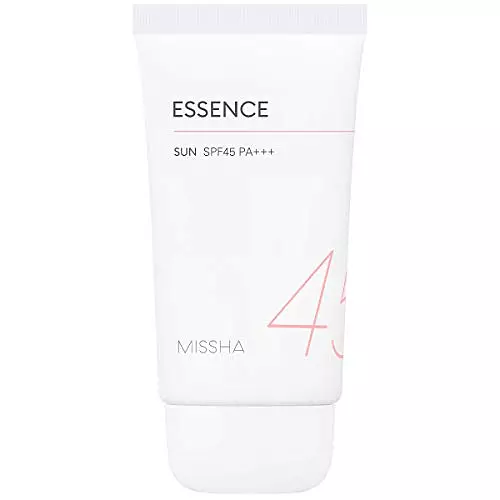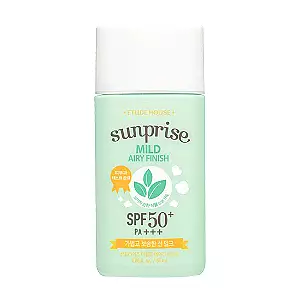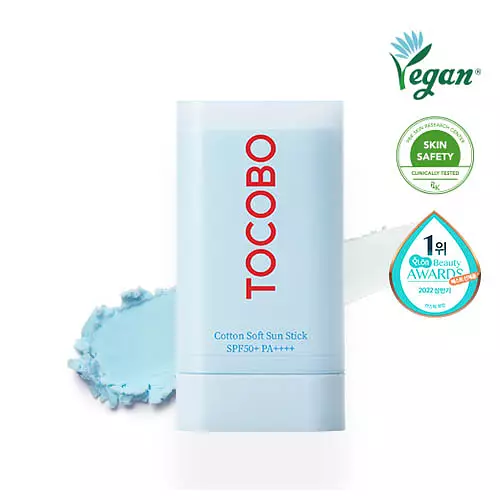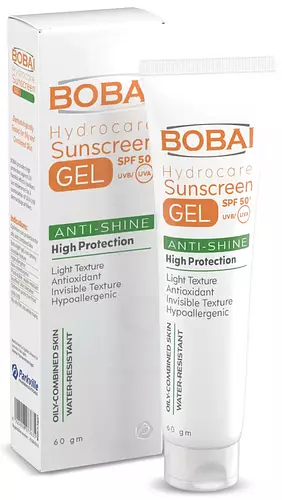Updated on January 31, 2024
Overview
What they are
These products are both sunscreens. They have a total of 3 ingredients in common
Cool Features
They both contain hyaluronic acid and SPF
Suited For
They're both likely to be good for brightening skin
Free From
They both do not contain any common allergens, fragrances, parabens or sulfates
We independently verify ingredients, and our claims are backed by peer-reviewed research. Spot a product that needs an update? Let us know.
Ingredient Info
Rohto Mentholatum Skin Aqua Tone Up UV Essence SPF 50+ PA++++ 31 ingredients
Banana Boat Aqua Sensitive Skin UV Protection Suncreen Lotion SPF50+ PA++++ 15 ingredients
At a glance
Click on any of the items below to learn more
Rohto Mentholatum Skin Aqua Tone Up UV Essence SPF 50+ PA++++ 31 ingredients
Banana Boat Aqua Sensitive Skin UV Protection Suncreen Lotion SPF50+ PA++++ 15 ingredients
Notable Ingredients
This product contains 3 ingredients that may have this attribute:
This product contains 1 ingredient that may have this attribute:
This product contains 1 ingredient that may have this attribute:
This product contains 1 ingredient that may have this attribute:
Benefits
This product contains 1 ingredient that may have this attribute:
This product contains 1 ingredient that may have this attribute:
This product contains 2 ingredients that may have this attribute:
This product contains 2 ingredients that may have this attribute:
This product contains 1 ingredient that may have this attribute:
This product contains 2 ingredients that may have this attribute:
This product contains 2 ingredients that may have this attribute:
Concerns
This product contains 1 ingredient that may have this attribute:
This product contains 2 ingredients that may have this attribute:
This product contains 3 ingredients that may have this attribute:
This product contains 2 ingredients that may have this attribute:
This product contains 2 ingredients that may have this attribute:
Notable Ingredients
This product contains 4 ingredients that may have this attribute:
This product contains 1 ingredient that may have this attribute:
This product contains 1 ingredient that may have this attribute:
Benefits
This product contains 1 ingredient that may have this attribute:
This product contains 2 ingredients that may have this attribute:
Concerns
This product contains 1 ingredient that may have this attribute:
This product contains 1 ingredient that may have this attribute:
This product contains 2 ingredients that may have this attribute:
This product contains 1 ingredient that may have this attribute:
Ingredients Side-by-side
Ingredients Explained
These ingredients are found in both products.
Ingredients higher up in an ingredient list are typically present in a larger amount.
Water. It's the most common cosmetic ingredient of all. You'll usually see it at the top of ingredient lists, meaning that it makes up the largest part of the product.
So why is it so popular? Water most often acts as a solvent - this means that it helps dissolve other ingredients into the formulation.
You'll also recognize water as that liquid we all need to stay alive. If you see this, drink a glass of water. Stay hydrated!
Learn more about WaterButylene Glycol (or BG) is used within cosmetic products for a few different reasons:
- It is a solvent, meaning that it helps to dissolve other ingredients. This also enhances the absorption of the product into one's skin.
- It is a humectant, which means that it helps attract moisture into the skin.
- It helps improve product application.
Overall, Butylene Glycol is a safe and well-rounded ingredient. It is unlikely to irritate skin, and works well with pretty much all other ingredients.
Xanthan gum is used as a stabilizer and thickener within cosmetic products. It helps give products a sticky, thick feeling - preventing them from being too runny.
On the technical side of things, xanthan gum is a polysaccharide - a combination consisting of multiple sugar molecules bonded together.
Xanthan gum is a pretty common and great ingredient. It is a natural, non-toxic, non-irritating ingredient that is also commonly used in food products.
Learn more about Xanthan GumIngredient Ratings
Here's what our community thinks of the ingredients in these two products.
When to use
Rohto Mentholatum Skin Aqua Tone Up UV Essence SPF 50+ PA++++ 31 ingredients
Banana Boat Aqua Sensitive Skin UV Protection Suncreen Lotion SPF50+ PA++++ 15 ingredients

Reviews
Here's what our community thinks
Rohto Mentholatum Skin Aqua Tone Up UV Essence SPF 50+ PA++++ 31 ingredients
danielle varosa
Love this sunscreen- it's so smooth, lightweight, not sticky or drying at all. I also find that the violet color helps my skin not look too sallow...
Love this sunscreen- it's so smooth, lightweight, not sticky or drying at all. I also find that the violet color helps my skin not look too sallow and it prevents my makeup from looking yellow.
